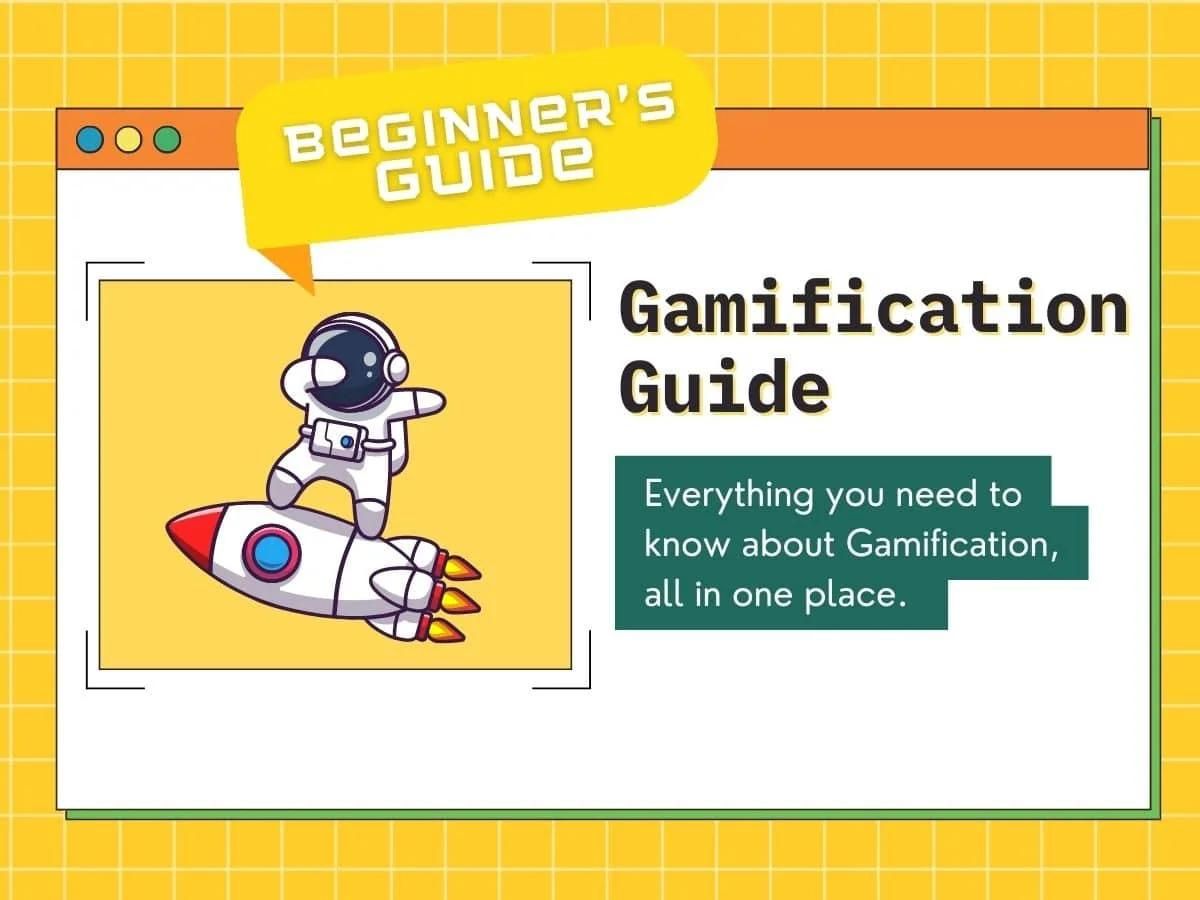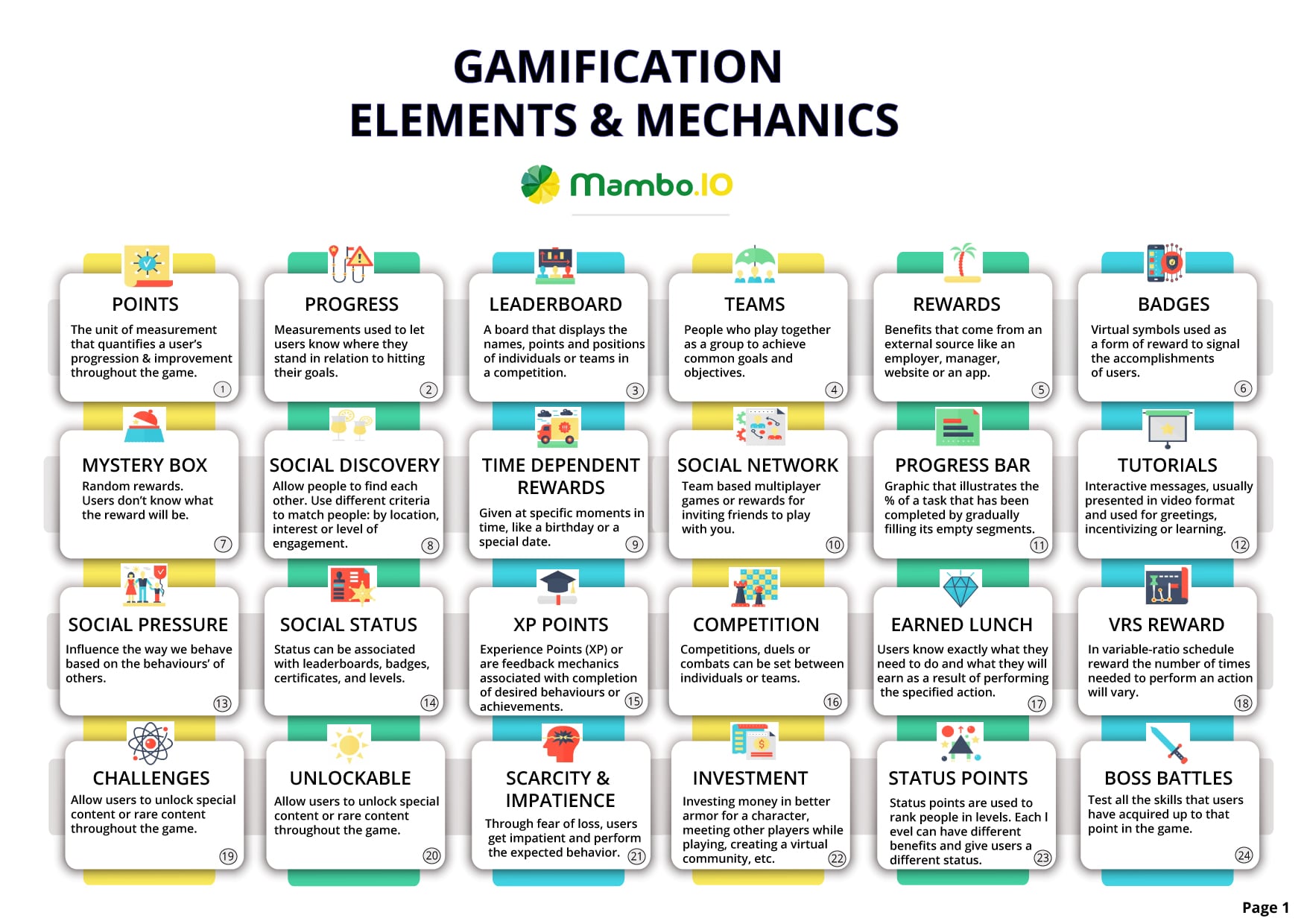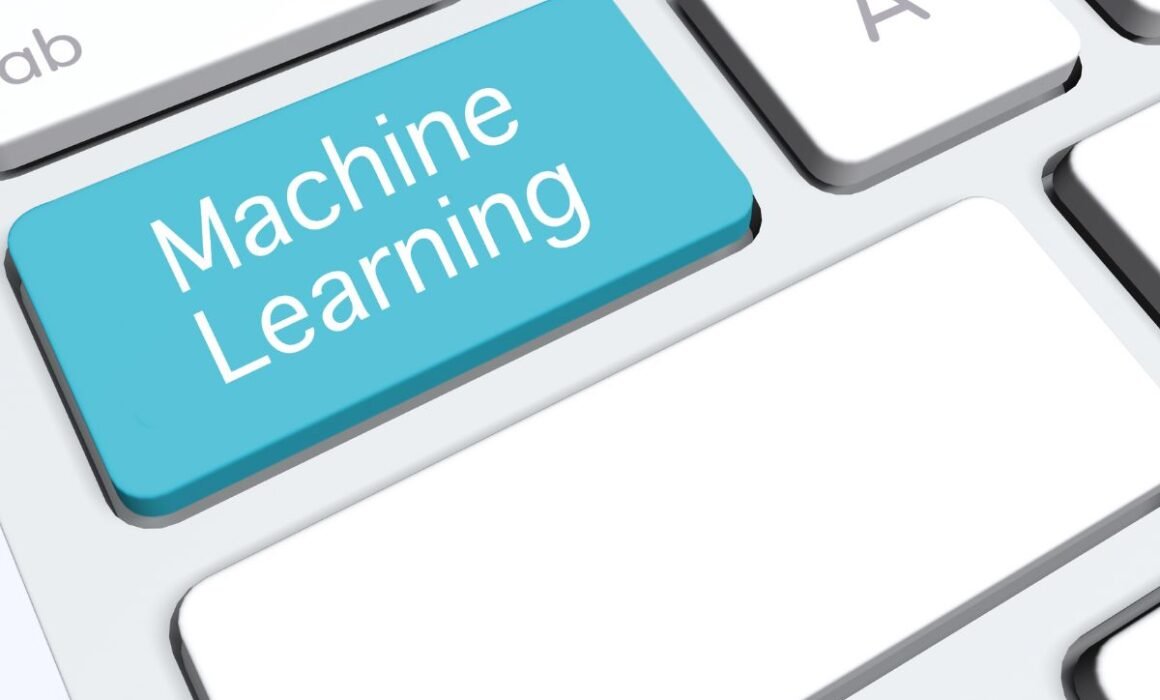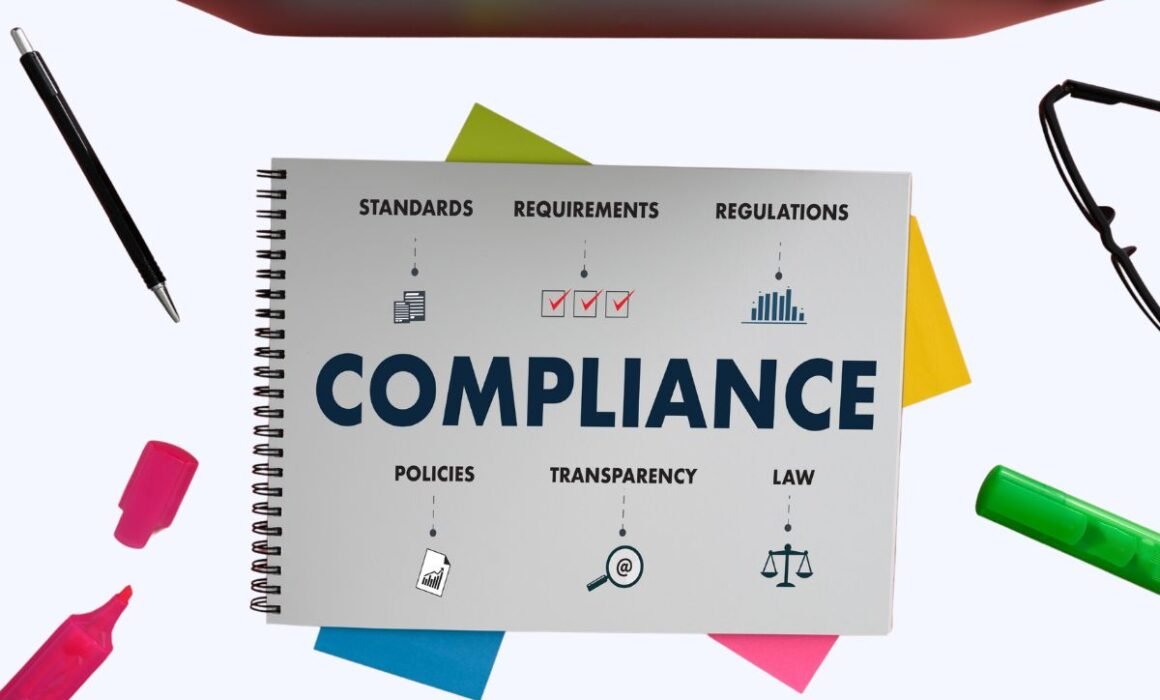6 Benefits Of Gamification To Your Product
With interesting gaming elements, product managers and developers have uncovered a wide array of benefits of gamification. These advantages range from improved learning outcomes and data-driven insights to heightened user and employee engagement and motivation.
Gamified elements have also been sought for their potential to revolutionise the perception and utilisation of products. Not to mention it also creates stronger connections with users in this ever-evolving landscape of consumer preferences. But as it requires a considerable investment, it’s understandable if you’re still contemplating incorporating it into your product.
In that regard, this article will explore the multifaceted benefits of gamification. Join us as we show how gamification can elevate your products and propel them to new heights.
Table of Contents
- #1. Gamification boosts learning competencies
- #2. Gamified interactions encourage users to achieve specific goals
- #3. It encourages users to provide valuable feedback
- #4. Gamification creates a place that entices top talents
- #5. Gamified elements can drive software adoption
- #6. Gamification enables community building among the product users
- Going forward: benefits of gamification
- Machine Learning In Finance: 12 Essential Applications
- How To Create Interactive Compliance Training For Bank Employees
- How Fintech Apps Are Using Gamification To Increase User Engagement
- Top Gamification Companies for Employee & Customer Engagement
Download your free
“Gamification Guide”
Get your PDF now and start transforming your approach to digital engagement!
#1. Gamification boosts learning competencies
Gamification has long been a trend in the education sector, as educators opt to apply game elements in their platforms. The idea has always existed, even before the gamification concept was introduced. Take chess, for example. It enhances competencies like critical thinking, pattern recognition, planning, and memory enhancement, and it also happens to be a game.
Simply put, with proper implementation, gamification can make learning more engaging. While some might be against the idea as it may compromise learning objectives, it usually doesn’t.
This is one of the benefits of gamification that’s particularly valuable for products that require users to understand complex concepts. Some examples of such products include:
- Language learning apps
- Health and fitness apps
- Financial literacy apps
- Coding and programming platforms
- Music and instrument apps
- Market research and analytics tools
- Corporate training and onboarding systems
- Learning management systems
- eLearning courses
Relevant data
If that doesn’t seem convincing enough, consider the following statistics:
- A study conducted by the University of Colorado found that gamification is particularly beneficial to adult learners. To be precise, the study shows that those who engaged in gamified learning got 11% higher scores on knowledge tests. The same participants also got 14% higher scores on skill-based knowledge assessments than the control group.
- In a survey conducted by Taylor & Francis, around 67.7% of participants reported that the gamified course was a lot more motivating than the traditional methods.
The first study showcases how gamification can boost the learning process. Meanwhile, the second study touches upon how it makes the learning experience more engaging.
Case study

Source: McDonalds
McDonald incorporated gamification into their employee training called the Till-Training Game. It does not simply integrate gamified elements. Rather, the training routine itself is a game.
It essentially simulated McDonald’s new till system that honed relevant learning competencies. In particular, it teaches them how to take orders in the most efficient manner.
The platform uses questions specifically made to assess knowledge of how the till system works. But most importantly, the Tilling Game implements gamification through elements like:
- Interactive simulation
- Realistic challenges
- Progress bars and levels
- Experience points
- Instant feedback
Results
Gamification was a relative success for this project, as it had a rather positive reception among employees. In fact, the game was actually not announced to the employees.
Some fortunate workers simply stumbled upon it, and due to it being fun and replayable, the game became popular organically because it was fun and replayable. It also improved the competencies of employees who played them.
Download your free
“108 Gamification Elements and Mechanics”
Get your cheat sheet and have a quick reference at your fingertips!
#2. Gamified interactions encourage users to achieve specific goals
Gamification does not only drive users to achieve learning competencies more enthusiastically. It may also drive actions outside of learning, such as achieving specific goals or objectives.
For instance, gamification can help users through positive reinforcement, encouraging them to stay committed to personal goals. Gamification does this by offering an immediate reward for completing goals. Examples of products that would benefit greatly from this feature include:
- Mental health apps.
- Art and creativity platforms
- Health and fitness apps
- Productivity and time management apps
- Career development apps
- Professional development apps
These apps do not relate to learning. Instead, the main focus is helping users establish habits that would help them personally. After all, developing a habit is difficult, especially if you’re forcing yourself into it. As such, motivation in the form of gamification is much-needed. It’s not exclusive to personal goals but can also apply to business goals.
Simply put, you can encourage users to develop habits that enable them to achieve business goals through gamification. The following products are the best host for such a feature:
- Sales and CRM platforms
- Customer support platforms
- Social media management software
- Customer loyalty programs
- Project management tools
Relevant data
At first glance, being a motivator for positive reinforcement doesn’t seem to be one of the benefits of gamification. However, the following pieces of data would say otherwise:
- Penn Medicine incorporated game mechanics into their fitness app for a study. In particular, it introduced friendly competition and support to the app. Doing so resulted in Type 2 diabetes, with patients displaying higher activity levels than the control group.
- National Grid is a utility company that created a program where consumers earn points based on how much energy they save. Unsurprisingly, upon announcing and starting this noble program, participating consumers were able to reduce their utility bills by 2%.
In both programs, the researchers noted that gamification is an excellent way to encourage a specific behaviour. Here, gamification encouraged5 patients to strive for health and consumers to strive for environmental friendliness—two habits that are otherwise to develop.
Case study

Source: Habitica
Habitica is a mobile app and online platform that revolves around habit formation, personal productivity, and goal achievement. It is known primarily in its approach, which centres around gamification. Specifically, the platform introduces users to a character that represents them.
This character or avatar grows progressively as the user completes daily tasks and develops habits they set for themselves. The app also has a currency system, much like most games.
Other game design elements Habitica utilises include:
- Character customisation
- Tasks in the form of quests
- Reward system
- Health and damage
- Party system
Results
Unsurprisingly, a lot of users found its concept quite interesting. And as such, it has gained a dedicated user base over time. These users would often report increased productivity and even better task completion rates compared to other “gamification-less” productivity tools.
As a product manager, you don’t have to follow their model to the tee. But imagine an app where gamification motivates the team to develop positive habits such as punctuality, timeliness and consistency.
#3. It encourages users to provide valuable feedback
It’s usually not easy to convince a user to provide feedback regarding a platform. Either it’s too inconvenient for them, or they view it as something that’s “unfun” and yields no benefit.
Gamification flips that mindset on its head by making this task fun and rewarding.
As a result, the development team can gain valuable information from users that provide it willingly. This can come through surveys or feedback forms disguised as mini-games.
Among the many benefits of gamification, this one, in particular, is most suitable for products that value user feedback. The following are some examples:
- Restaurant and food delivery apps
- Subscription-based platforms
- Travel booking and review apps
- eCommerce platforms
Relevant data
Of course, gamification won’t always apply to your product, but if it is, the following highlights its potential:
- A 2016 study highlights how gamification elements, particularly badges and avatars encouraged students to participate more actively in online discussions.
- A 2020 study touches upon how people are now less tolerant of data collection. They would prefer not to fill up forms or participate in surveys as they feel it may violate their privacy. Yet, gamification appears to be somewhat effective in changing their behaviour unwittingly, convincing them to participate in such activities willingly.
Though gamification should yield positive results, certain game mechanics should work more effectively than others. Before you incorporate game elements to your product, you must first have an understanding of each element. Our cheatsheet should help in that regard.
Case study
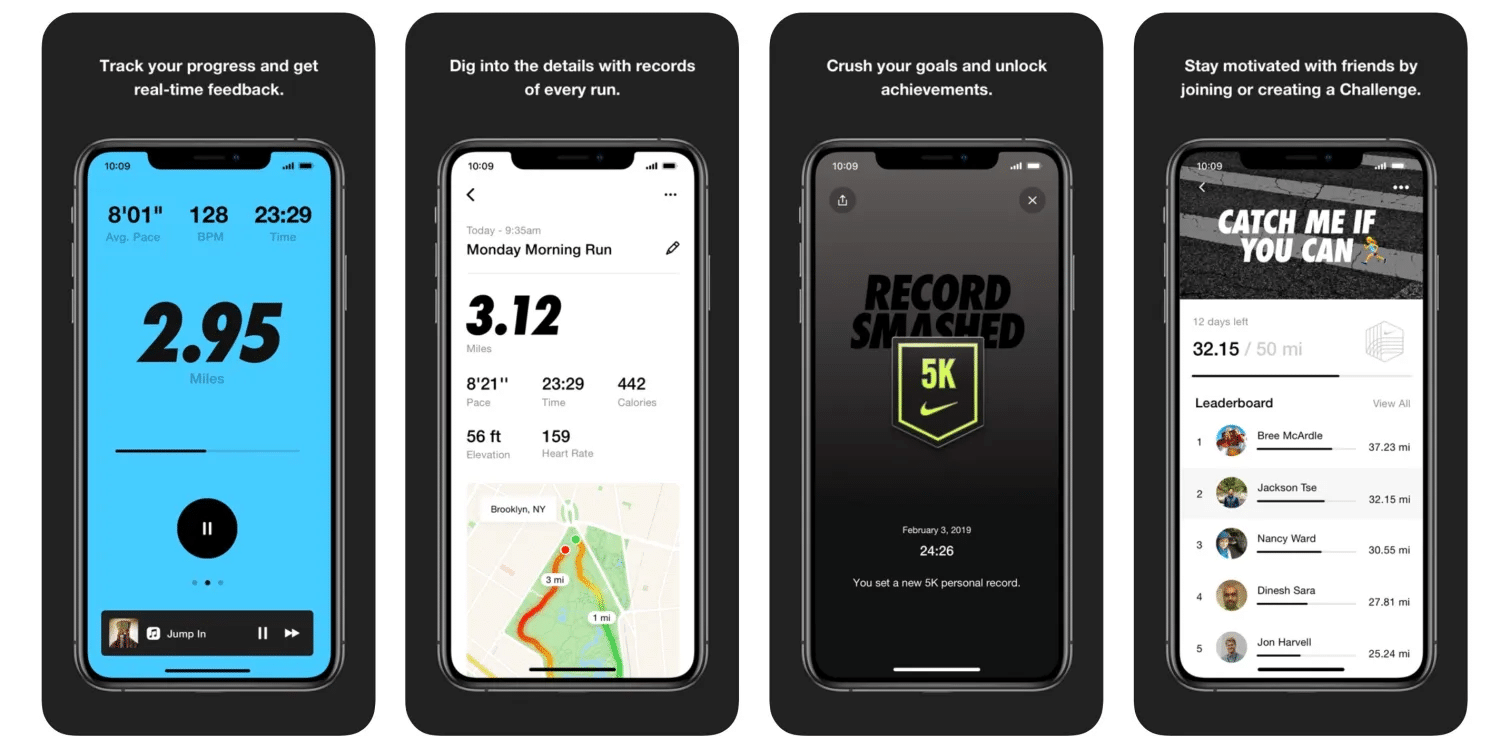
Source: Nike
The Nike Run Club app is a relatively popular fitness app that allows users to track runs and set goals. It’s a rather handy app for users, and at the same time, it’s handy for the Nike company.
After all, the data it produces, like running habits and common routes, are priceless to footwear companies like Nike. The Nike Run Club app takes advantage of this through the elements like:
- Run tracking and metrics
- Badges and achievements
- Challenges and goals
- Social sharing
Results
Through the data the app produces, Nike was able to refine their marketing strategies to fit their audience better. The success of their strategy is noticeable from the prevalence of the brand.
#4. Gamification creates a place that entices top talents
The collective skills of the development team are one of the keys to product success. But the skills of every individual developer are as important, if not more. Unfortunately, top talents are often attracted to the giants of their respective industries, like Google, Apple, and Microsoft.
Gamification gives your company an edge over these companies, recruitment-wise. After all, who wouldn’t want to work in a company that revolves around having fun while working?
Not to mention gamification also reduces turnover rate, a.k.a. the likelihood of employees leaving one company for another. You’ll find that you can very quickly reap this particular benefit by implementing gamification on the following products and initiatives:
- Career and recruitment website
- Virtual reality job fairs
- Internship and apprenticeship programs
- Employee referral programs
With gamification at the forefront of these initiatives, jobseekers that stumble upon your company would realise that you promote gamification. And if they know one thing about the benefits of gamification, it’d be their motivator to work for the company.
Relevant data

Source: TalentLMS
Now, one may argue that people tend to separate work from games. After all, as the saying goes:
Work hard, play hard.
However, many workers find games to be quite an appealing idea. The following pieces of data are a testament to this claim:
- A gamification survey by TalentLMS had one question: Would gamification in the recruitment process make a company more desirable? Of the participants, 78% said yes, and the rest said it would make no difference.
- A study by an HR research group found that gamification boosted the happiness at work of 88% of their employees.
Case study

Source: Sharp HealthCare
Sharp HealthCare is a company that partnered with athenahealth Gamify to implement gamification. This company reported to have benefited from gamification in these regards:
- 18% increase in hold bills productivity
- 21% increase in customer service productivity
- 31% increase in credit balance productivity
- 10% reduction in task lag
- 100% real-time visibility into employee and team performance
- Reduced staff turnover rate to less than 5%
All these allowed existing employees to become more content with the company they’re working for. In addition, it created an environment that’s appealing to excellent talents.
Doing something like this attracts the next generation of employees. Gamification has enticed people to work here that potentially would have gone someplace else.
— Gerilynn Sevenikar, VP of Hospital Revenue at Sharp HealthCare
Results
The productivity increase and task lag reduction lead to an increase in efficiency and, therefore, revenue. But most importantly, gamification also helped minimise turnover by making employees feel valued. Their turnover rate went from 6% to 1.8%
#5. Gamified elements can drive software adoption
Software adoption refers to how well a company can transition from an old system to a new system. The system, in this context, typically alludes to software or a company’s digital platform.
For instance, a company may develop a new learning management system.
In this case, they would have to drive software adoption. That is, they must convince the employees in their organisation to switch from the old LMS to the newly developed one.
As one might imagine, it usually is quite difficult as it requires employees to use unfamiliar software. Gamification makes it easier by turning this adoption process more engaging.
Relevant data
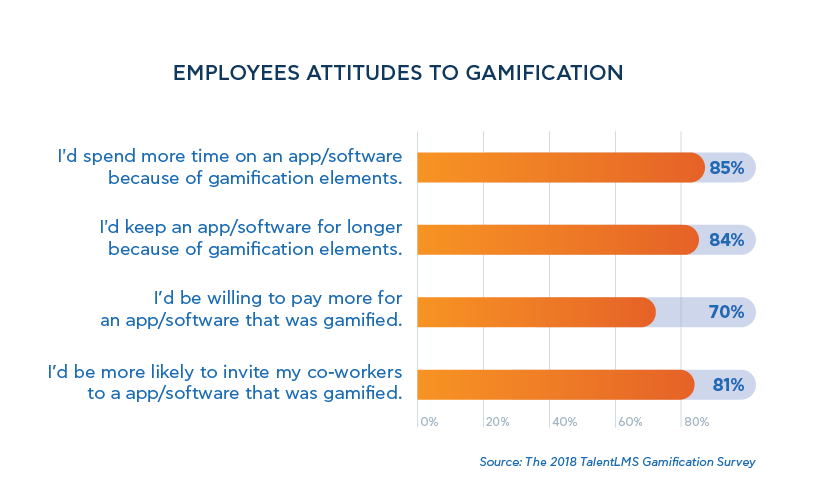
Source: TalentLMS
A 2018 survey by TalentLMS yielded the following findings:
- 85% of respondents said they’d spend more time on a software because of gamification elements.
- 84% of respondents said they’d keep an app or software for longer simply because of gamification elements.
- 81% of respondents said they’d be more likely to invite their co-workers to use a software if it had gamification elements.
Case study

Source: SAP
SAP is a global software company that implemented gamification on its SAP Community Network (SCN) platform. In doing so, they encouraged software adoption among its user community. They used the following elements to leverage such benefits of gamification.
- Points and badges
- Leaderboards
- Recognition and rewards
To be precise, the company created a system where members can contribute by answering questions regarding SAP’s software products. As an incentive, they were given points that they could use for various actual rewards. Through this system, the members had another reason to learn about the company’s software, effectively driving software adoption.
Though it doesn’t involve an entire gamification platform, the approach closely resembles the strategy that gamification promotes and represents.
Results
Since the change, the SAP Community Network saw a large increase in engagement. More users now participate in discussions, provide valuable insights, and share knowledge.
In fact, gamification contributed to a 90% increase in page views per visit. These results highlight that software adoption is one of the potential benefits of gamification.
#6. Gamification enables community building among the product users
Gamified elements like leaderboards can foster a sense of belonging and community among your product’s users. This would then encourage users to connect with other users.
Upon doing so, they organically give themselves another reason to keep using the product. After all, they now have a social circle within the platform that they likely don’t. want to leave.
In the end, gamification would drive revenue by extending each user’s lifetime.
Products that were able to leverage this to its fullest are often one of the following types:
- Social networking platforms
- Health and fitness apps
- Online learning platforms
- eCommerce apps
- Crowdfunding platforms
- Professional networking sites
Community building in these products would either come in the form of users supporting each other, competition, or knowledge sharing.
Relevant data

Source: Grazitti
Marketo leveraged game mechanics to improve engagement in their community. Since the implementation of gamification, the company was able to enjoy the following improvements:
- 40% increase in comments
- 71% increase in daily activities
- 48% increase in question replies
Case study

Source: Stack Overflow
Stack Overflow is a popular online community where developers can ask and answer programming-related questions. The platform incorporates gamification to encourage knowledge sharing and community engagement through the following elements.
- Reputation system
- Badges
- Leaderboard
- Community moderation
Results
Stack Overflow is currently one of the most respected developer communities online. They have a vast knowledge base supported by millions of registered users. Of course, there probably are other reasons behind its success, but gamification contributed to it.
Going forward: benefits of gamification
The benefits of gamification extend beyond just an increase in engagement. It can improve many other aspects of your team, project, and company. Learning competencies, positive behaviour, data collection, talent acquisition, software adoption, community building—the list goes on. However, one must remember that simply incorporating gamification isn’t enough.
You need to actually do well with your implementation. Book a demo with Mambo now and learn how we can help you integrate gamification into your organisation seamlessly.
Latest Posts
Machine Learning In Finance: 12 Essential Applications
The impact of machine learning on finance is significant. Thanks to this technology, financial institutions are now equipped to make efficient decisions. Through the analysis of data sets, machine learning […]
How To Create Interactive Compliance Training For Bank Employees
Banking compliance training isn’t just another task. It’s the stage where everything else performs. Banks must navigate a myriad of regulations and laws. After all, this is a trust-driven, high-stakes […]
How Fintech Apps Are Using Gamification To Increase User Engagement
Discover how gamification in fintech is revolutionizing financial engagement, making banking fun & boosting user loyalty.

